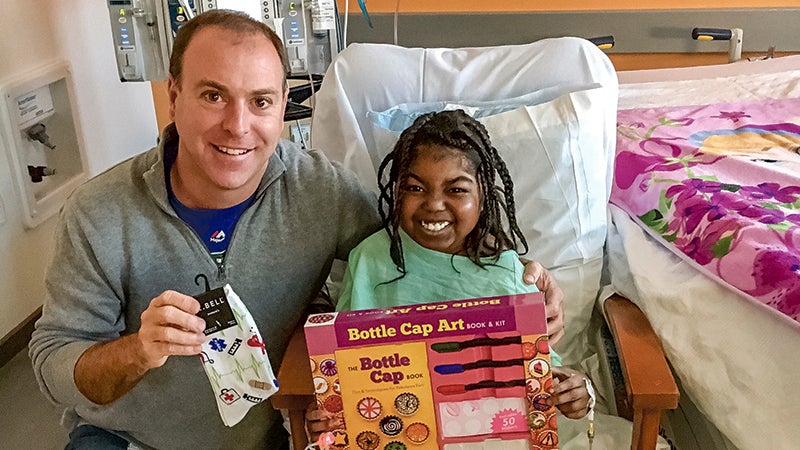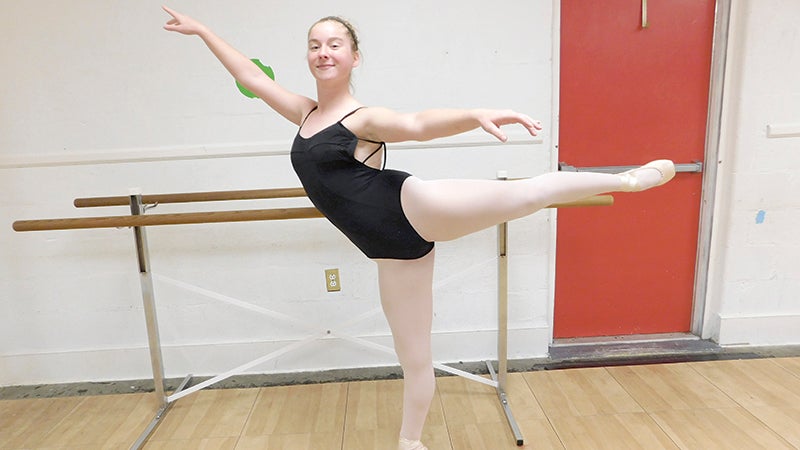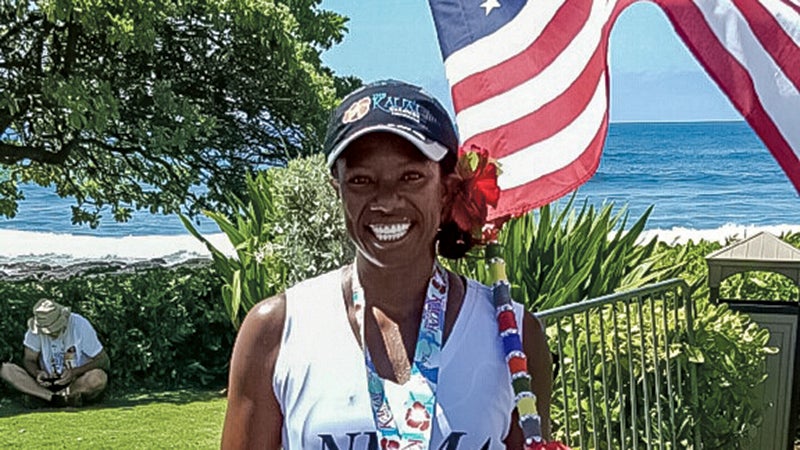From ocean to outer space
Published 10:19 pm Friday, April 15, 2016

Brittany Chavis shows fifth-grade students at Booker T. Washington Elementary School the different parts of a flower during a Science Day program on Friday.
Fifth-graders at Booker T. Washington Elementary School went from the depths of the ocean to outer space while reviewing science on Friday.
Both fifth-grade classes spent several hours completing hands-on activities designed to help them review various concepts. They dissected flowers, studied the phases of the moon, examined real meteorological instruments and created a visible light spectrum.
“All of this stuff has to happen for us to get seeds,” teacher Brittany Chavis told a small group of students in the Flower Lab. The students detached the stamen, petals and pistils from the flowers and answered Chavis’ questions about the role of each part in reproduction.
In the Word Lab, reading specialist Jenny Owens reviewed marine terminology with a dice game, offering Goldfish crackers as a reward. Students rolled a die to determine which word — things like “plankton,” “salinity” and “continental shelf” — they would try to identify.
“It’s just a fun way to review words in the ocean environment,” Owens said. “They did really well. They know this.”
In the Outer Space Lab, students constructed a model of the sun and planets and reviewed their order from the sun and their order by size.
The scary-sounding sentence “Jason Sat Under Ninety-Eight Vicious Munching Monsters” turned out to be simply a device for remembering the planets from largest to smallest — Jupiter, Saturn, Uranus, Neptune, Earth, Venus, Mars and Mercury.
Patricia Hawk, one of two fifth-grade teachers along with Rachel Stansick, organized the entire event.
“We’re getting ready for our state SOLs,” she said, referring to the Standards of Learning tests coming up in May. “They seem to be enjoying it.”
The areas reviewed came from examining last year’s test results to see where students struggled the most. The school as a whole did fairly well in science last year — 81 percent of students passed, a big improvement over the prior year’s 68 percent — but Hawk said the teachers just wanted to give them an extra boost.
“We just want to get them over the bubble,” she said. “We picked out ones we need to work on.”





